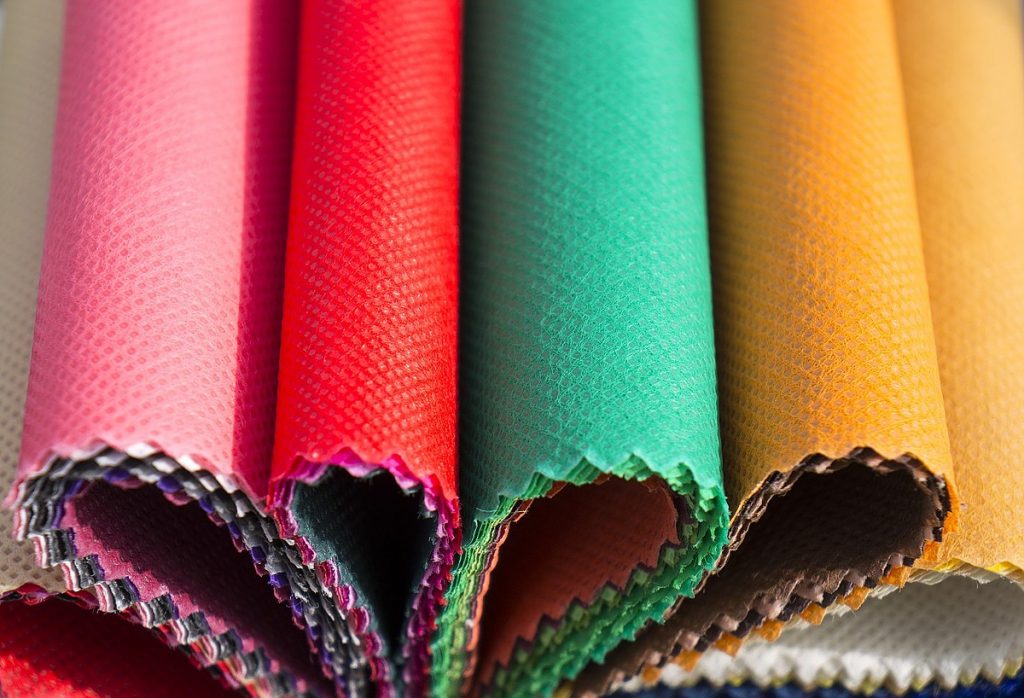Unveiling the Unbeatable: Exploring the Strongest Natural Fabric
2 min read
In the realm of textiles, the quest for the strongest natural fabric has long been a topic of fascination and innovation. From ancient civilizations to modern fashion designers, the search for a material that combines strength, durability, and sustainability has driven advancements in the textile industry. In this article, we delve into the characteristics, origins, and applications of the strongest natural fabric, shedding light on its remarkable properties and versatile uses.
At the forefront of natural fabrics stands a material renowned for its exceptional strength and resilience: spider silk. While not traditionally considered a fabric in the conventional sense, spider silk is a protein-based fiber produced by arachnids for various purposes, including web-building and prey capture. What sets spider silk apart is its remarkable tensile strength, surpassing that of steel on a weight-to-strength ratio basis. This extraordinary strength, combined with its flexibility and lightness, makes spider silk a coveted material for a wide range of applications, from medical sutures to bulletproof vests.
The strength of spider silk lies in its molecular structure, characterized by a unique arrangement of proteins that form strong intermolecular bonds. This intricate structure enables spider silk to withstand considerable stress and strain, making it one of the toughest materials found in nature. Researchers and scientists have been studying spider silk for years, seeking to replicate its properties for industrial and commercial purposes. Through bioengineering and synthetic biology techniques, efforts are underway to produce spider silk on a larger scale, harnessing its strength for various innovative applications.
In addition to spider silk, another natural fabric known for its strength is hemp. Derived from the fibers of the Cannabis sativa plant, hemp has been used for centuries to create durable textiles that are resistant to wear and tear. Hemp fibers are known for their high tensile strength and abrasion resistance, making them ideal for applications that require durability and longevity. From clothing and accessories to home furnishings and industrial materials, hemp fabric offers a sustainable and eco-friendly alternative to synthetic fibers.
The strength of hemp fabric stems from its natural composition, which includes long, strong fibers that are woven or knitted to create a sturdy textile. Hemp cultivation is also known for its minimal environmental impact, requiring less water and pesticides compared to other crops. As sustainability becomes a key focus in the textile industry, hemp fabric has gained popularity for its strength, versatility, and eco-friendly properties.
In conclusion, the quest for the strongest natural fabric continues to drive innovation and exploration in the textile industry. Spider silk and hemp stand out as prime examples of natural materials that offer exceptional strength, durability, and sustainability. As technology advances and research progresses, we can expect to see further developments in harnessing the strength of these natural fabrics for a wide range of applications, from fashion and healthcare to construction and beyond. The future of textiles is indeed woven with strength, resilience, and sustainability, paving the way for a more durable and eco-conscious world.
